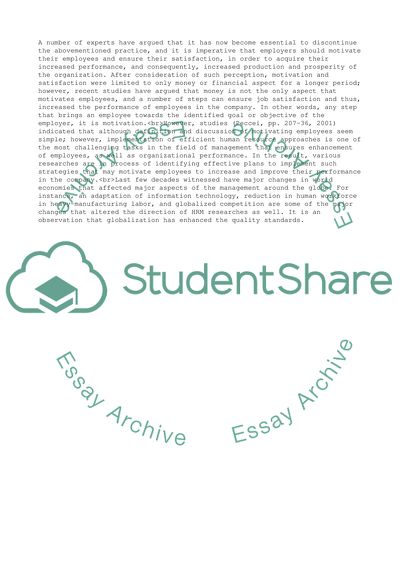Cite this document
(Employee Participation leads to Increased Performance Research Paper, n.d.)
Employee Participation leads to Increased Performance Research Paper. Retrieved from https://studentshare.org/management/1726085-discuss-the-extent-to-which-increased-employee-participation-leads-to-increased-performance
Employee Participation leads to Increased Performance Research Paper. Retrieved from https://studentshare.org/management/1726085-discuss-the-extent-to-which-increased-employee-participation-leads-to-increased-performance
(Employee Participation Leads to Increased Performance Research Paper)
Employee Participation Leads to Increased Performance Research Paper. https://studentshare.org/management/1726085-discuss-the-extent-to-which-increased-employee-participation-leads-to-increased-performance.
Employee Participation Leads to Increased Performance Research Paper. https://studentshare.org/management/1726085-discuss-the-extent-to-which-increased-employee-participation-leads-to-increased-performance.
“Employee Participation Leads to Increased Performance Research Paper”, n.d. https://studentshare.org/management/1726085-discuss-the-extent-to-which-increased-employee-participation-leads-to-increased-performance.


